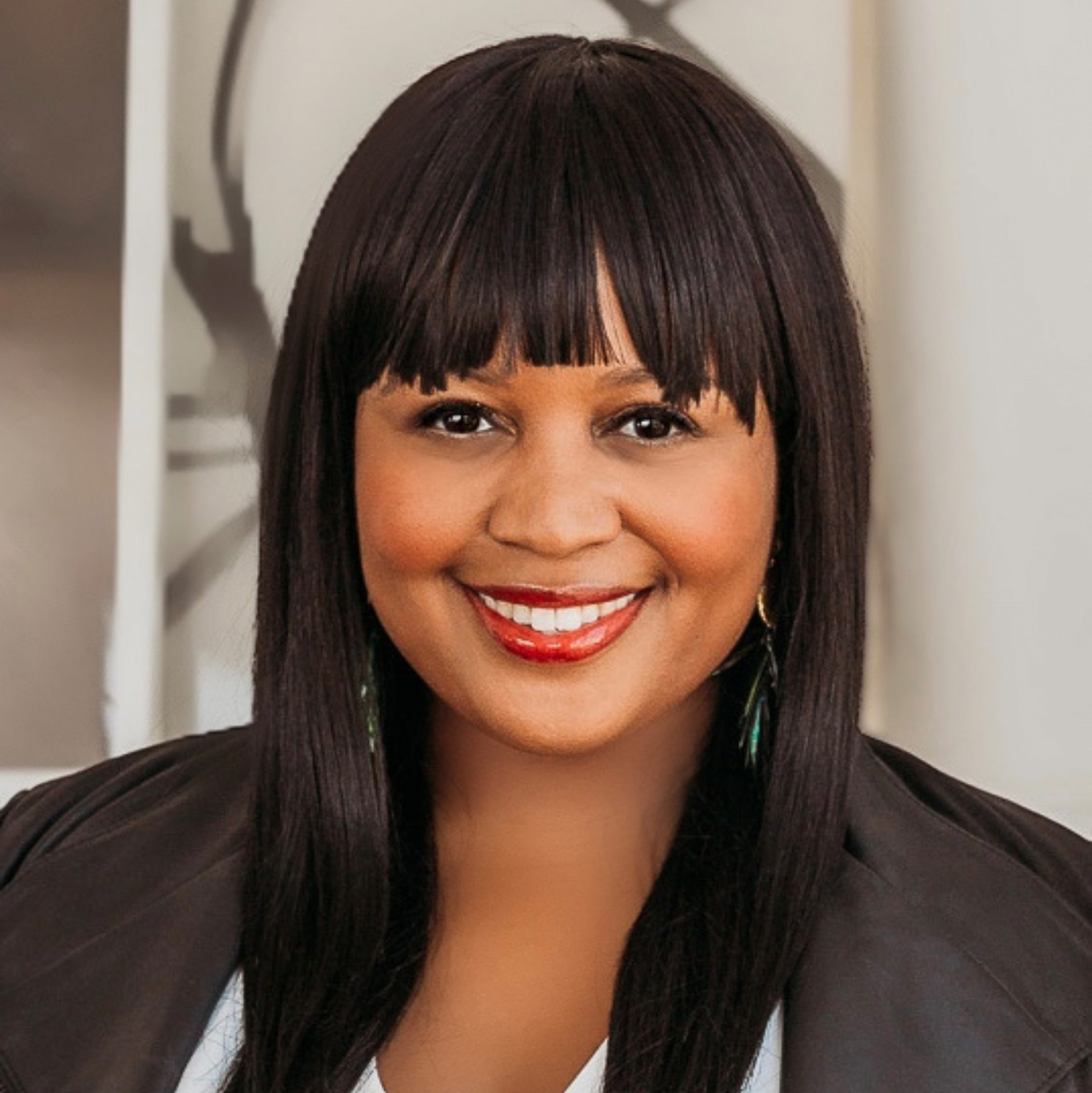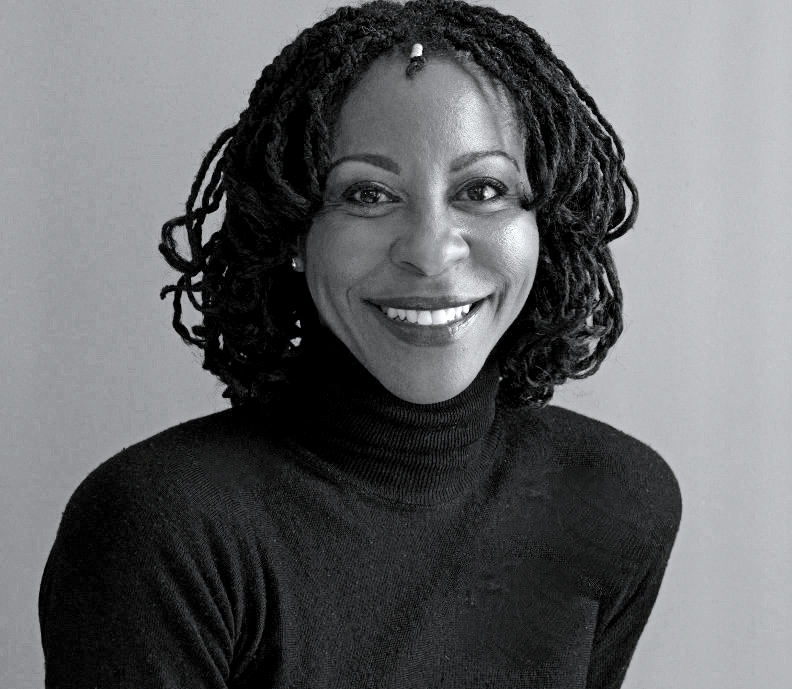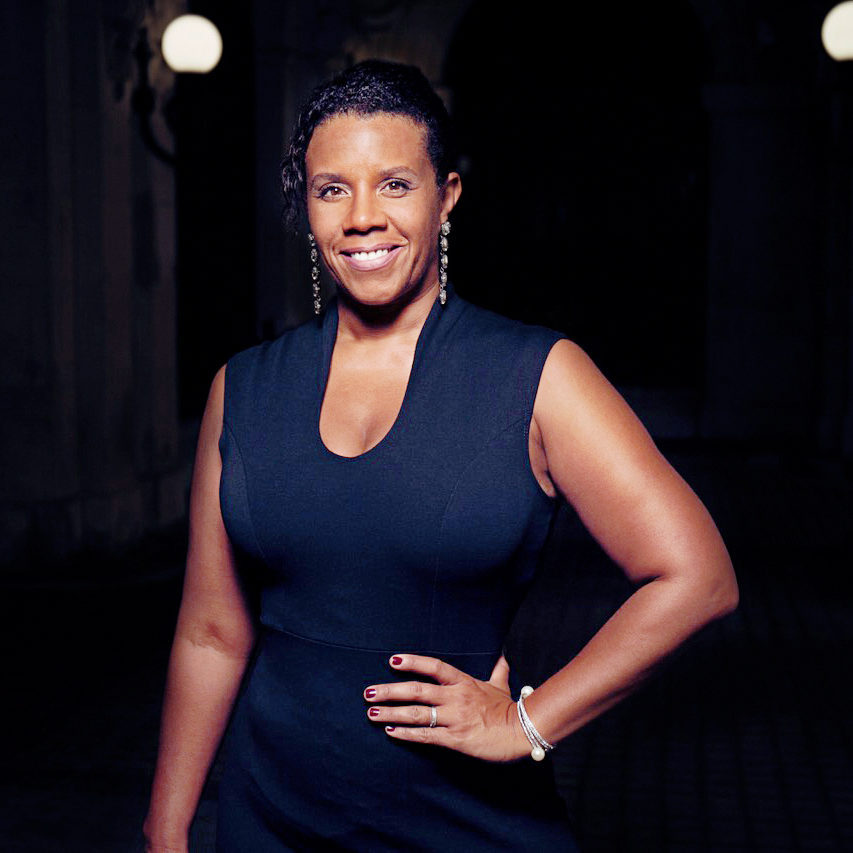Rooting Out Racial Bias in Dance Organizations by Revamping Communication Practices
As dance companies continue the necessary and arduous process of determining what (and where) racial biases exist within their organizations, the idea of an open-door communication policy has become a popular one to implement and tout as a point of pride. Open communication, after all, conveys a sense of trust, mutual respect and an organization’s willingness to evolve beyond problematic practices. But it’s a tricky approach to get right, particularly if an institution doesn’t have the correct tools in place.
“The concept of open communication sounds really great,” says diversity consultant and strategist Theresa Ruth Howard. “But when you’re standing outside your supervisor’s door, about to knock with an issue, that is a very different reality. You can bandy words like ‘open communication’ around, but if the lived experience doesn’t reflect that, what’s the value in that?” A successful policy, it turns out, needs to be created and upheld by all members of a company, and it can’t be effectively evaluated without outside help.
Hire a Specialist
Being a good person is not enough to successfully erase deeply ingrained racial biases, says Tamia Santana, chief engagement and inclusion officer of Ballet Hispánico. That’s why hiring a diversity, equity and inclusion specialist is a necessary step in guiding your organization toward actively anti-racist practices. Santana likens it to a dancer with a persistent injury: “When you have a hip injury that’s just not getting better, you have to have specialists address it.” It’s the same with rooting out racial bias. “Go to specialists who are doing this work,” says Santana. “There’s no way huge companies that were founded on a white paradigm are going to have tools to solve it.”

Bringing in a trained professional who has experience successfully implementing change allows an organization to move forward with a new, shared language, says Erica Lynette Edwards, founder of Cultivating Better Tomorrows, an anti-racism consulting business. “With shared understandings, people can have easier conversations,” she says. “And if it’s challenging, we can use the same terms. From there, people can understand that though they might have great intentions, it’s about the impact—not about you being a good person.” For example, in a training course called Diversity in Dance, Edwards often begins by identifying that the phrase “diversity in dance” functions as coded language. “In our work with ballet specifically, ‘diversity’ usually means Black ballerinas,” she says. “But no one’s saying that. If you’re looking for ‘diverse dancers,’ that could be so many different things.” There are many identities beyond race, ethnicity and gender that can make someone diverse, she points out—a revelation which often gets a response of “Oh, I didn’t think of that!” from training participants. “That’s why we like to lead people in with language they know, and then we talk about what we really mean,” she says. “If we say what we really mean, we’ll have an easier time communicating.”
“Everybody has to actively hold one another accountable. That means more voices in the conversation.”
Theresa Ruth Howard

Design New Communication Practices—as a Team
One way that Howard works with companies is to first map how communication currently works at that organization—including where breakdowns happen. Then she involves as many people as possible in designing the new way communication might function. “Everybody has to actively hold one another accountable, reminding each other, ‘We agreed upon this,’ ” she says. That way, when someone strays from the new policy, employees at any level can remind each other of what is and isn’t in the agreement. One overarching goal of a restructured policy is to flatten the communication hierarchy, says Howard. “That means there are more voices involved in the conversation across the organization, including people in different positions,” she says. “So you could have a dancer in the same room with an executive director, offering opinions or insights, and actually have that executive director listen and take those into consideration, potentially.”
Importantly, a new communication policy should include a way to report incidents of racial bias, ideally anonymously. Furthermore, everyone at a company should be trained to look for and recognize what a microaggression is, Edwards says—and not become defensive if they’ve committed it.
Santana suggests setting up a practice where dancers can scan a QR code and submit an incident anonymously. She also recommends polling other arts institutions or corporations to see what works at those organizations. “If a dancer has spent seven or nine years somewhere, that could be a sign that things are going well,” she says. “Ask what the practices are there, and then ask if you can have that practice in place at your own organization.”
Be Audited Regularly
Regular audits from an outside, non-biased organization on how you run your school, classes, audition process and more are necessary to see real change, says Santana. “It’s just like when you’re learning to dance,” she says. “You don’t get to say, ‘But we did pliés last week!’ It’s an ongoing process.”
Consider Community Communication Practices, Too

As part of its attention to communication practices in the context of racial bias, Ballet Hispánico is doing its best to combat the old paradigm of community engagement—what Tamia Santana cites as “Let me come take you out of your situation and bring you to this theater, so I can show you what art is.” Instead, Ballet Hispánico is approaching communication as an active partnership—a relationship. “How are you communicating with these people throughout the year?” asks Santana. At Ballet Hispánico, the goal is to have contact with someone at least three times in order to make the most impact. “That could be getting them to come take a class, or come to a talk, or come see the show, or come meet a dancer, or follow us on social media,” she says.




